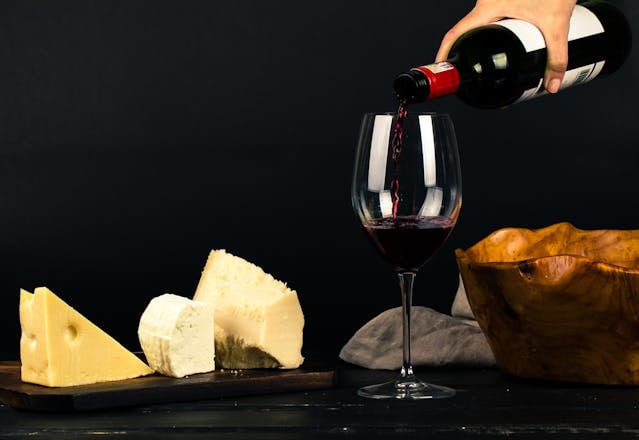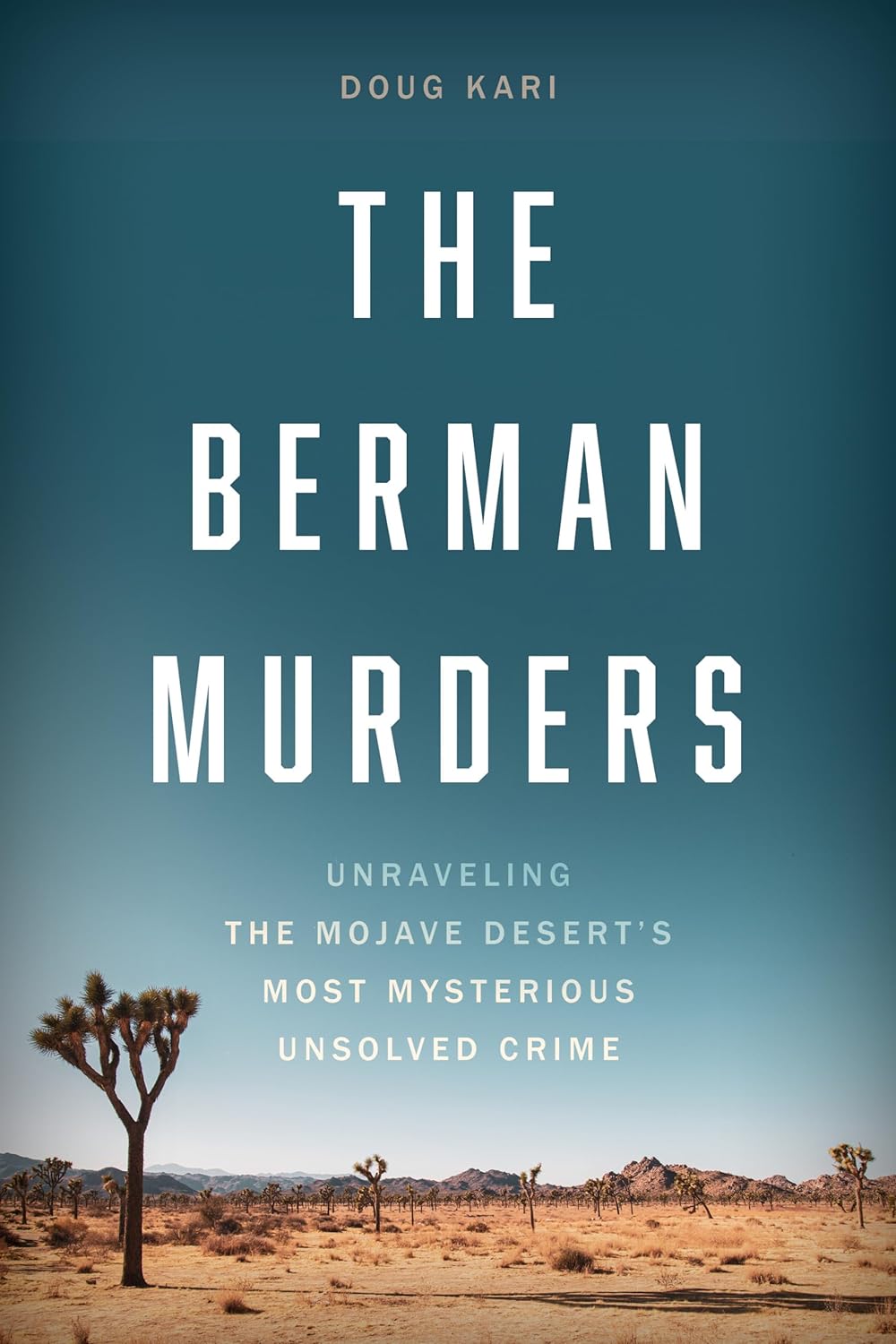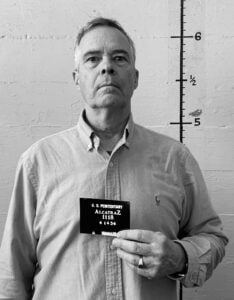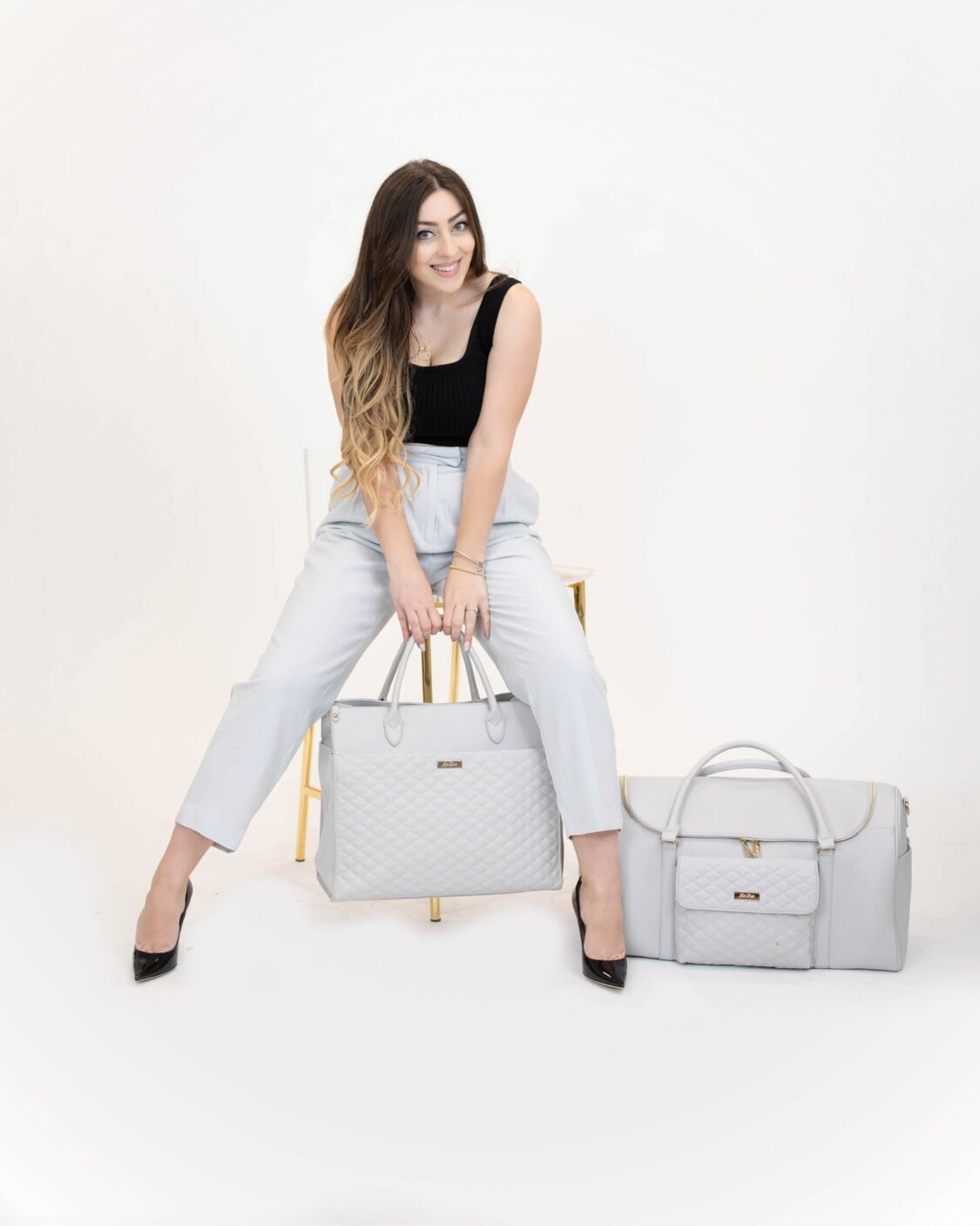Roses are a popular choice for flower beds due to their vibrant colors, fragrant blooms, and overall beauty. However, many gardeners struggle with maintaining a continuous bloom of roses throughout the year. In this guide, we’ll explore some tips and tricks on how to choose the right types of roses for year-round beauty in your flowerbed.
Understanding Rose Types
Before we dive into choosing roses for continuous bloom, it’s important to understand the three main types of roses: hybrid tea, floribunda, and grandiflora.
Hybrid Tea Roses
Hybrid tea roses are known for their large, elegant blooms that grow on long stems. They typically bloom in cycles throughout the year, with a peak in spring and another in late summer. These roses are often used for cut flowers due to their long stems and classic rose shape.
Floribunda Roses
Floribunda roses produce clusters of smaller blooms on shorter, sturdier stems compared to hybrid tea roses. They are known for their hardiness and ability to bloom continuously throughout the year, making them a great choice for flowerbeds.
Grandiflora Roses
Grandiflora roses are a cross between hybrid tea and floribunda roses, combining the large blooms of hybrid teas with the continuous blooming nature of floribundas. They typically have tall, upright growth habits and can provide a stunning focal point in any flowerbed.
Choosing the Right Colors
When it comes to choosing roses for year-round beauty, color plays a crucial role. Here are some tips to keep in mind when selecting rose colors for your flowerbed.
Consider the season: Different colored roses may bloom at different times of the year, so it’s important to choose colors that will complement each other and provide continuous blooming throughout the seasons.
Mix and match: Don’t be afraid to mix and match different colored roses in your flowerbed. This can add visual interest and create a stunning display.
Think about the overall aesthetic: Consider the colors of your home or garden, as well as any other flowers or plants in the surrounding area. Choose rose colors that will complement or enhance the overall aesthetic.
Planting for Continuous Bloom
Proper planting is key to achieving a continuous bloom of roses in your flowerbed. Here are some tips to ensure your roses thrive and bloom all year long.
Choose the right location: Roses need at least 6 hours of sunlight per day, so make sure to plant them in an area that receives adequate sun exposure. They also prefer well-draining soil with good air circulation. Avoid planting them in low-lying areas that may collect water or become too humid.
Prune and deadhead regularly: Regular pruning and deadheading (removing spent blooms) will encourage continuous blooming. This also helps prevent disease and keeps the rose bush healthy.
Fertilize appropriately: Roses need a balanced fertilizer to thrive, so make sure to feed them with a fertilizer specifically formulated for roses. Avoid over-fertilizing, as this can lead to excessive foliage growth and fewer blooms.
Conclusion
With the right types of roses, colors, and proper planting techniques, you can achieve year-round beauty in your flowerbed with continuous blooming roses. Remember to choose varieties that are suited for your climate and follow regular maintenance practices to keep your roses healthy and blooming all year long. Happy gardening!












